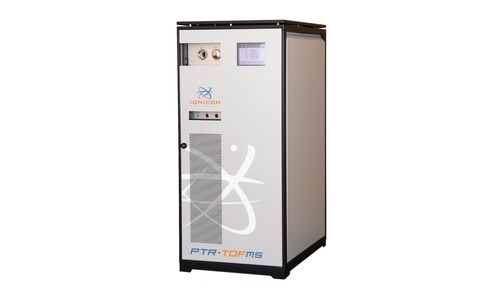
NASA researchers are using a real-time trace gas analyser from IONICON to measure air pollution in the atmosphere.
NASA is trying to determine air quality using satellite-based Earth observations.
To understand how air pollutants are distributed within the Earth’s atmosphere, NASA is making use of a proton transfer reaction time-of-flight mass spectrometer (PTR-ToF-MS), developed by IONICON to measure smallest concentrations of volatile organic compounds in the atmosphere.
The instrument made by the Austrian company IONICON Analytik GmbH detects organic trace gases in the atmosphere in split-seconds of measurement time.
Analysis with a new time-of-flight mass analyser combines measurement speed, sensitivity and selectivity.
The instrument was deployed for the first time onboard the NASA P-3B research aircraft during the DISCOVER-AQ mission in January and February 2013 to study air pollution in the San Joaquin Valley in California.
“We need to understand how pollutants are vertically distributed in the atmosphere because satellite sensors have a hard time distinguishing air pollution that is close to the ground from the one that is higher aloft.
“In this effort, NASA has put some of the most sophisticated air pollution monitors on two of its research aircraft. The cooperation with IONICON has put us at the forefront of research,” said Dr. Armin Wisthaler who leads the instrument development project at the University of Innsbruck.
His team is the only European group among 75 researchers that participated in the recent DISCOVER-AQ campaign.
The PTR-ToF-MS analyser was specially developed by IONICON for this NASA deployment and delivered data with unprecedented spatial and temporal resolution.




